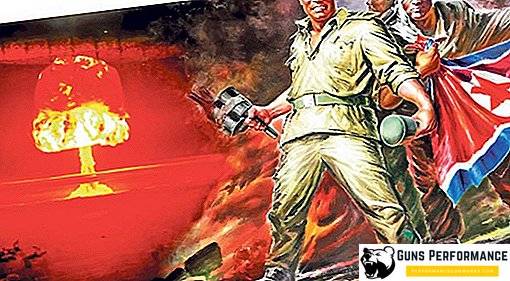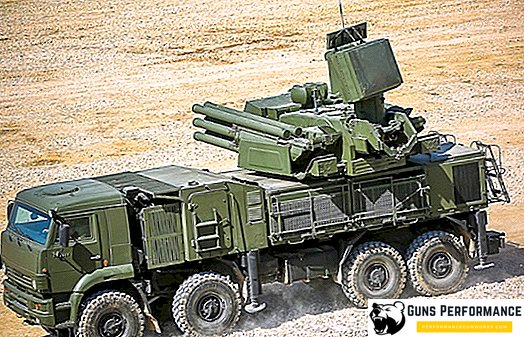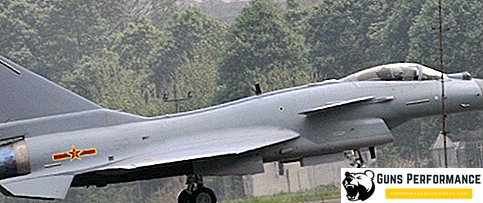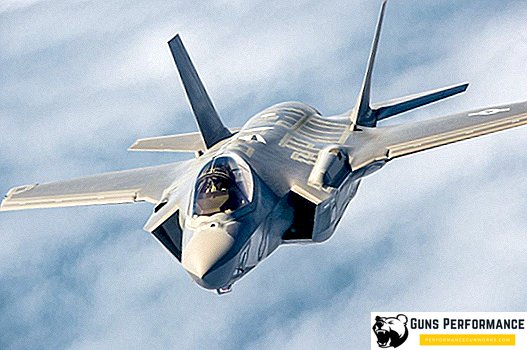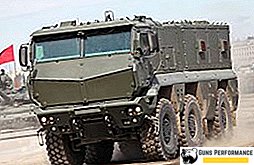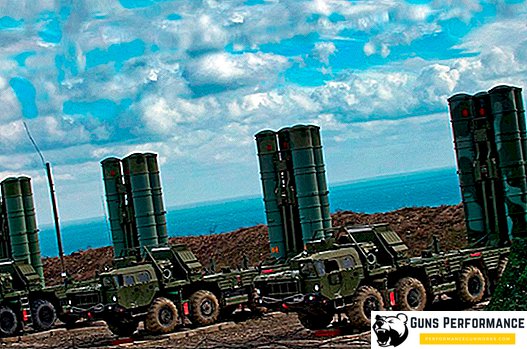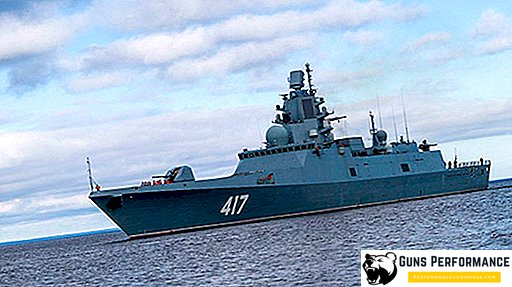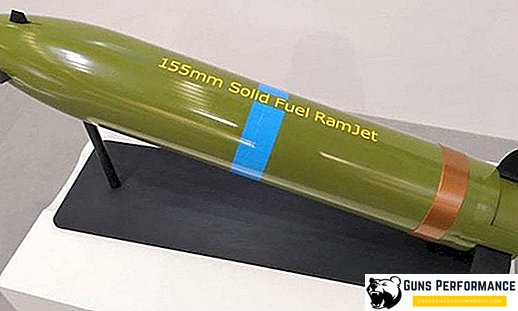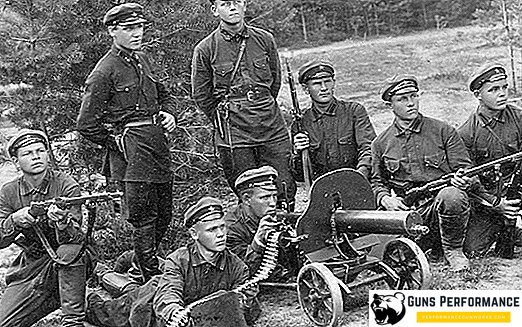
The Soviet state paid great attention to the defense of the gains of the socialist fatherland. It is appropriate to quote the words of V.I. Lenin "Every state is only then worth something, if it knows how to defend itself."
The whole trouble was that many literate and educated people did not accept the new system and left the country. But not everyone left, and the so-called “military experts” of the former engineers, officers and military specialists of the tsarist army remained. Some of them did not want to leave their homeland, others simply could not live in a foreign land, while others simply could not leave.
These specialists had a decent education, upbringing and their own opinion about the processes in the country. By decree of Lenin, this contingent was to take part in strengthening the defense power of the state. But - alas, the implementation of this plan was not smooth.
People came to power in the young country of the Soviets, who often had very poor education. Their main advantage was membership in the party and rigorous devotion to its political line. This was the criterion for selection in leadership positions. Therefore, only an insignificant part of the “military experts” managed to occupy significant posts in the highest echelons of power.
A typical problem was the fact that they did not have sufficient life and managerial experience, practicality of mind and the ability to objectively evaluate their actions. Fabulous possibilities opened before them. A recent lieutenant of the tsarist army, here in a blink of an eye, jumped up to the rank of marshal. Early marshals paid attention to their inventors, visionaries - they and others wanted to become famous, to establish themselves. There were many such inventors, and they delayed the resources that the state needed before the war to implement their own developments. In addition, the goal of some of the leading comrades was personal enrichment and achievement of commanding heights.
The most important spotlight of the Red Army was the former lieutenant of the tsarist army, and in Soviet times Marshal M.N. Tukhachevsky. He had a cadet corps and the cadet Aleksandrovskoe school behind his back. The cadet corps did not give engineering, technical or special education. He served to prepare cadets to study at a military school and introduced them to military life. At one time, such an education was considered decent for a career as a middle-level officer, but in Soviet times it was already insufficient for a high command position in the leadership of the army.

Tukhachevsky actively participated in the creation of the Red Army and in its equipment with modern equipment and weapons. Red Marshal had an unbalanced, absurd and ambitious character and was distinguished by a painful vanity. The future military leader was born in the winter of 1893 in Smolensk Province, in the patrimonial landowner estate Alexandrovskoe. His father - hereditary nobleman Nikolai Tukhachevsky - was the only son of an early widowed and ruined noblewoman. The young landowner neglected class prejudices and married the beautiful laundress from the peasants Mavre Milokhova. 9 children were born in the marriage, four of them are sons. Michael appeared third.
Mikhail Tukhachevsky graduated with honors from the Penza gymnasium and entered the Moscow Cadet Corps. Being the best student, he soon moved to the Alexander Military School. In 1914, the young man left the walls of the school, being in the top three of the strongest graduates. The military biography of Mikhail Tukhachevsky began in the Semenovsky Guards Regiment, where he entered as a second lieutenant at the beginning of the First World War.
The personality of Marshal Tukhachevsky looks the most controversial among the majority of Soviet military leaders. Moreover, the range of opinions about him is so wide that a repressed and rehabilitated marshal is simultaneously called a mediocre and ingenious one, and both sides give quite logical arguments. Mikhail Tukhachevsky has written dozens of books on military theory.
In 1931, the Red Bonaparte was entrusted with a leading role in reforming and re-equipping the army, but Stalin did not support many of his ideas. The leadership of Mikhail Tukhachevsky in artillery was recognized by the leadership as ineffective: a large amount of money was spent on unpromising weapons, for example, on semi-hand-made dynamo-reactive guns. Red Commander used his influence, where he considered it necessary, but he was not competent enough in engineering matters.

This, in particular, did not pass the Soviet tank industry. The controversial models of military equipment were adopted: T26, T35 and other models. T-26 had a weak anti-bullet armor and low-power engine. The T-35 was heavy and five-tower. From the time of its creation to the beginning of World War II, the T-35 tank surpassed all world tanks in firepower. The combination of three guns and five to seven machine guns firing in all directions made it possible to create a real sea of fire around the car. But at the same time, the multi-turret layout made the tank unsuitable for real combat, and its speed, maneuverability and throughput were very low.
The commander physically could not control the fire of the five towers, and in battle the tank acted inefficiently. The cumbersome design of the fighting compartment entailed an increase in the overall dimensions of the tank, making it an excellent target and at the same time depriving any reserve for reinforcing the reservation. But even with anti-bullet armor, the “land battleship” weighed fifty tons, forcing the engine to work at its limits. The speed of a tank in a battle usually did not exceed 8-10 km / h. In combination with the huge size and weak armor, this further increased the vulnerability of the combat vehicle. But the main enemy of the T35 were technical defects and low design reliability.
Tukhachevsky did not have fundamental knowledge in mechanical engineering - but nevertheless he undertook to evaluate practically everything that was offered, and made his own conclusions. He had this concept: in a few years to build forty thousand wooden planes, fifty thousand tanks and back it all up with ten thousand suicide bombers to fight against enemy tanks. Who could fight such a stupid armada?
Stalin called him Napoleon for his eyes. However, in 1935, Tukhachevsky became a Marshal of the USSR - but the clouds over his head were already gathering. Stalin’s power was strengthened, and his leadership in the CPSU (B.) Was no longer disputed by anyone. In December 1934, after the murder of Sergey Kirov in Leningrad, the Great Terror began.
Marshal Tukhachevsky was dismissed from the post of Deputy Commissar of Defense and transferred to the post of commander of the Volga Military District. In Kuibyshev, where Mikhail Tukhachevsky moved with his family, he was expected to be searched, arrested and charged with organizing an anti-state conspiracy.
In May 1937, the arrested Tukhachevsky was taken to the capital. Nikolay Yezhov, who headed the NKVD at that time, achieved recognition from the marshal that he was a German spy and, in alliance with Bukharin, developed a plan for seizing power. Much later, the defector and former NKVD officer Alexander Orlov indicated that during the search the Marshal had documents from the Tsarist secret police who convicted Stalin in cooperation with her. Orlov claimed that Tukhachevsky had conceived a coup d’état, but Stalin beat him and destroyed him. According to a different version, which the British historian Robert Conquest put forward, the heads of the Nazi special services Himmler and Heydrich produced fake documents about Tukhachevsky's conspiracy with the Wehrmacht against Stalin. A fake fell into the hands of Stalin and got the move. After the collapse of the Soviet Union, it turned out that the papers about the “treason” of Marshal Mikhail Tukhachevsky were made by Stalin’s entourage, by organizing a leak of a fake to Heydrich.
In June 1937, the case against Marshal of the Soviet Union Tukhachevsky and eight senior army commanders was considered at a closed meeting of the military tribunal. The defendants were not given lawyers and were not allowed to appeal the verdict. On the night of June 11-12, the defendants were found guilty and shot. They were buried in a common grave in the Donskoy cemetery of the capital.
The whole family of the marshal fell into the millstones of repression. The wife and brothers of Mikhail Tukhachevsky were shot. A daughter and three sisters were sent to the Gulag. Mother Mavra Petrovna died in exile.
Marshal Tukhachevsky was rehabilitated after Khrushchev's revelations of Stalinism. The novel about the fate of the commander was written by Boris Sokolov. In the book "Mikhail Tukhachevsky: the life and death of the" Red Marshal "the writer managed to avoid extremes in the image of the hero: here Tukhachevsky is a man with weak and strong points who lived in difficult times.
Was the punishment of the marshal groundless repression of the regime? Perhaps this is just the logical ending of the erroneous line of leadership of the army of the Soviet state. Were needed positive results - but they were not. Time and enormous resources were spent, while re-equipment of the Red Army with modern systems was not ensured by the beginning of World War II. Most likely, before the war, Stalin realized the low effectiveness of many types of weapons and material support of the Red Army. The ephemeral concept of “War on foreign territory and little blood” also played its role.
It was the predictable end of the lieutenant who became a marshal. The knowledge gained in tsarist times no longer corresponded to the new reality. The situation in the world has become completely different, and very little has been done to confront the enemy. As a result, the country met the war not fully armed. Reckoning was heavy.


